THE

IMITATION OF CHRIST

THOMAS KEMPIS

A Spiritual Commentary and Readers Guide
Dennis J. Billy, C.Ss.R

_____________________
Thomas Kempis. The Imitation of Christ: A Spiritual Commentary and Readers Guide 2005 by Ave Maria Press, Inc.
The text of The Imitation of Christ is taken from The Imitation of Christ by Thomas Kempis: A New Reading of the 1441 Autograph by William C. Creasy, Copyright 1989, published here by arrangement with Mercer University Press.
All rights reserved. No part of this book may be used or reproduced in any manner whatsoever without written permission, except in the case of reprints in the context of reviews. Written permission may be obtained from Christian Classics, Ave Maria Press, Inc., P.O. Box 428, Notre Dame, IN 46556.
www.christian-classics.com
International Standard Book Number: 0-87061-234-4
Text design by Brian C. Conley
Printed and bound in the United States of America.
Library of Congress Cataloging-in-Publication Data is available.
In memory of
Msgr. William L. Nolan
Father Bill
(19162000)
If a man wishes to come after me,
he must deny his very self,
take up his cross,
and follow in my steps.
Mark 8:34
Contents
Book One:
Useful Reminders for the Spiritual Life
Book Two:
Suggestions Drawing One Toward the Inner Life
Book Three:
Of Inner Comfort
Book Four:
The Book on the Sacrament
Introduction
Ever since its appearance in the early fifteenth century, The Imitation of Christ has enjoyed a wide reading audience. After the Bible, it is commonly referred to as the most widely read book in all of Christian literature. Although doubts about the identity of its author remain, most scholars agree that it was probably written by Thomas Kempis (c. 13791471), a canon regular at the monastery of Mt. St. Agnes, northeast of Zwolle in present day Holland. They also recognize it as one of the finest expressions of the movement of late medieval piety and devotion known as the Devotio moderna.
Inspired by the evangelical preaching of Master Gerard Groote (134084) and profoundly influenced by the spirituality of the Rhineland mystic, John Ruysbroeck (12931381), the Modern Devotion was noted for its practical focus on living in Christ, reading Scripture, progressing in moral sanctity, and developing interiority.
Thomas Kempis was educated in the local grammar school in his hometown of Kempen and, at the age of thirteen, joined his older brother John to continue his education with the Brothers of the Common Life at their at monastery school at Deventer in the diocese of Utrecht. In 1399, he entered Mt. St. Agnes, a contemplative branch of the order that followed the rule of St. Augustine and where his older brother John had recently been installed as Prior. At the monastery, Thomas led the life of a quiet religious. Professed in 1406 and ordained to the priesthood in 1413, he was the chronicler of the monastery and spent much of his time copying the Scriptures and other liturgical books for use at the monastery. He was elected sub-prior in 1425 and is known to have authored a number of biographies and books of pious devotion. His
The Imitation has been described as a philosophy of Light and of Life. such knowledge is clearly used in the service of the Gospel and with the primary aim of deepening the readers faith.
Written by a religious, with the other members of his community for his primary audience, the work exhibits many of the characteristics of late medieval religious piety and devotion. The work is divided into four books, respectively entitled: Useful Reminders for the Spiritual Life (Book One), Suggestions Drawing One toward the Inner Life (Book Two), Of Inner Comfort (Book Three), and The Book on the Sacrament (Book Four). In them, Thomas develops for his readers the practical implications of the purgative, illuminative, and unitive ways. One author describes Thomass intentions in this way: This life consists in the practice of the Christian virtues; the practice of the Christian virtues leads up to union with Christ; and union with Christ is consummated in the Holy Eucharist. The eucharist, for Thomas, represents the culmination of the believers spiritual journey. It subsumes the preceding stages of the spiritual life into itself and points to that final consummation when time itself will pass into eternity and we will all stand before the judgment seat of God. This eschatological dimension of The Imitation permeates Thomas entire discourse and comes most vividly to the fore when he emphasizes the importance of keeping our eyes on the one thing that mattersour intimate relationship with the Lord.
In keeping with the practical aims of the Devotio moderna, The Imitation offers the reader a series of meditations on different aspects of the spiritual life. Each book is divided into a series of brief chapters, each of which focuses on a significant theme relevant to the living out of the gospel in the daily life of the reader. The predominance of material found in Book Three on Inner Comfort (fifty-nine chaptersmore than the other three books combined), suggests that Thomas has a mature audience in mind, one that has already made great strides in fostering the interior life. The sufficient amount of repetition in the work, along with a sizable amount of space allocated to the other stages of spiritual growth, however, suggests a deep consciousness of the dynamic connections in the whole spiritual enterprise. For Thomas, the authentic imitation of Christ involves the deep interpenetration of the way of conversion (i.e., purgation), the way of wisdom (i.e., illumination), and the way of communion (union). The closer one gets to God, the more one discovers ones own sinfulness and need for conversion. Resting in God, for him, involves an ongoing process of confession, holy learning, and interior devotion. The book serves as an instrument for nurturing each of these dimensions of the spiritual life of the reader. Its chapters are not meant to be read in rapid succession, but pondered during long periods of quiet reflection so that the texts spiritual message can penetrate the heart and mind of the reader. When seen in this light, the proper approach to reading the book more closely resembles the monastic practice of lectio divina than the finely tuned syllogistic reasoning of scholastic dialectic.
As stated earlier, the authorship of The Imitation is normally (albeit not universally) attributed to Thomas Kempis. Over the years, the work has been attributed to no less than forty authors.
Although its popularity has dwindled in recent years especially with the fundamental shift in Christian spirituality that began with the work of the Second Vatican CouncilThe Imitation of Christ commands respect even to this day as a fundamental point of reference for those wishing to conform their lives more deeply to the person of Christ and his message. The present edition, based on the critical English translation of William C. Creasy, seeks to plumb the depths of this widely acclaimed classic of western spirituality and retrieve its hidden treasures for yet another generation of searching pilgrims.

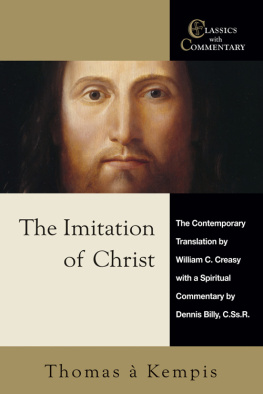

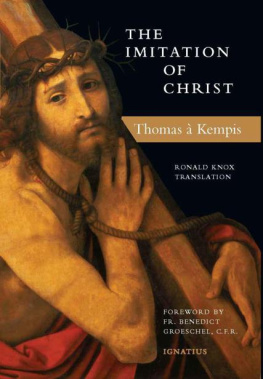

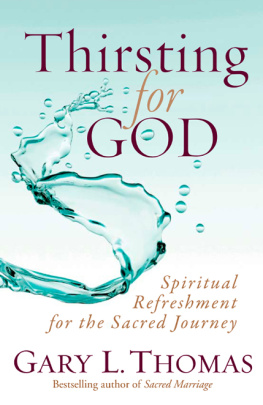
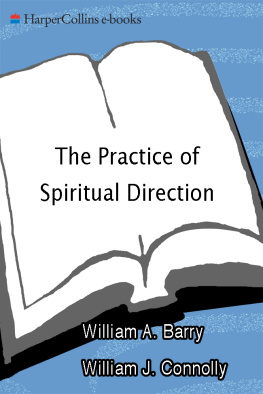
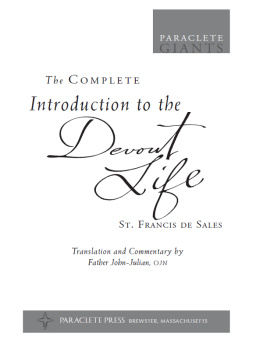
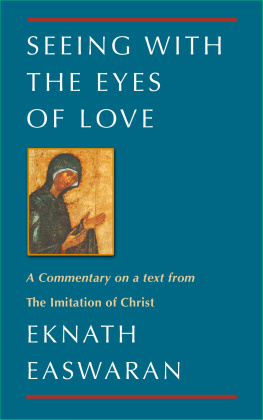


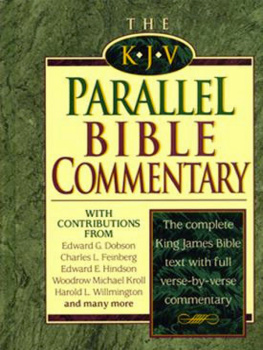

 THOMAS KEMPIS
THOMAS KEMPIS
